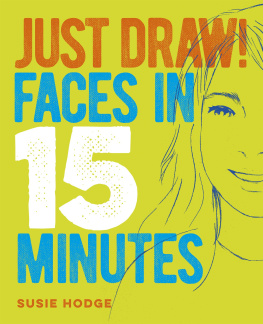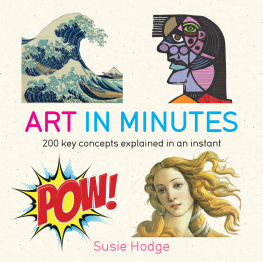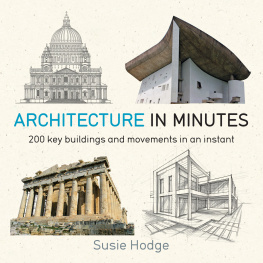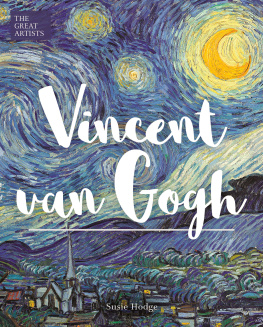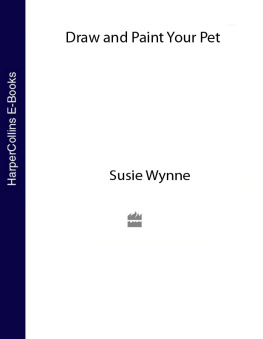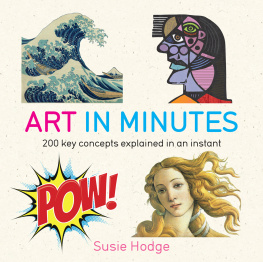Susie Hodge - Just Draw! Faces in 15 Minutes
Here you can read online Susie Hodge - Just Draw! Faces in 15 Minutes full text of the book (entire story) in english for free. Download pdf and epub, get meaning, cover and reviews about this ebook. year: 2021, publisher: Arcturus Digital Limited, genre: Children. Description of the work, (preface) as well as reviews are available. Best literature library LitArk.com created for fans of good reading and offers a wide selection of genres:
Romance novel
Science fiction
Adventure
Detective
Science
History
Home and family
Prose
Art
Politics
Computer
Non-fiction
Religion
Business
Children
Humor
Choose a favorite category and find really read worthwhile books. Enjoy immersion in the world of imagination, feel the emotions of the characters or learn something new for yourself, make an fascinating discovery.
- Book:Just Draw! Faces in 15 Minutes
- Author:
- Publisher:Arcturus Digital Limited
- Genre:
- Year:2021
- Rating:3 / 5
- Favourites:Add to favourites
- Your mark:
- 60
- 1
- 2
- 3
- 4
- 5
Just Draw! Faces in 15 Minutes: summary, description and annotation
We offer to read an annotation, description, summary or preface (depends on what the author of the book "Just Draw! Faces in 15 Minutes" wrote himself). If you haven't found the necessary information about the book — write in the comments, we will try to find it.
Just Draw! Faces in 15 Minutes — read online for free the complete book (whole text) full work
Below is the text of the book, divided by pages. System saving the place of the last page read, allows you to conveniently read the book "Just Draw! Faces in 15 Minutes" online for free, without having to search again every time where you left off. Put a bookmark, and you can go to the page where you finished reading at any time.
Font size:
Interval:
Bookmark:

Ask a child to draw a face and theyll do it with no qualms. Ask most adults and theyll probably freeze on the spot.
What happens when we grow up? What happens to our perceptions of the face and our confidence in our drawing abilities? Its complex, but from about the age of 11 we become more critical of ourselves and worry about looking foolish. Its not because we cant draw, but because we are thinking about it in the wrong way.
Acknowledging that, this book is here to help. It will encourage you to overcome misgivings and inhibitions, and it gives advice about drawing all types of faces from different angles, in different lights, of different age groups and ethnicities, in various styles and using different materials.
Portraiture has been an important part of art in many cultures for thousands of years. The earliest known portrait is a tiny sculpture of a female head, carved 26,000 years ago from a woolly mammoths tusk, found in what appears to be a womans grave. From that time, the developments and differences in various cultures interpretations and purposes of the portrait can be mapped over the centuries.


Before the invention of photography, a painted, sculpted or drawn portrait was the only way to record someones appearance. Yet more than just a record, portraits have been used to convey various characteristics of each sitter, such as:
Power
Wealth
Importance
Taste
Virtue
Learning
Beauty
Sense of humour
Both creating and looking at portraits is a natural human inclination. Portraits inspire us to recall aspects of our past and our emotions, so faces remain among the most gratifying and fulfilling subjects to draw.

Like writing, drawing portraits is a method of making marks on two-dimensional surfaces. If you can write your name, you can draw, and if you can draw, you can draw faces.
This book will help you to build your confidence and draw faces convincingly. While everyones style and approach are different, certain things can be learned, and with these initial skills you can develop further, as much or as little as you like.

When you begin drawing, some things will probably feel awkward; your marks might be heavy or laboured, your proportions and lines might not match what you see, and you might feel that you are not making progress, but persevere and you will learn what works for you and what doesnt.
A lot of drawing relies on our perceptual skills and ability to be objective. Distances, dimensions and ratios have to be accurate for drawings to be compelling and convincing, and this book gives you methods and approaches to create accurate portraits. Once you learn some of these such as measuring to attain correct proportions, how to identify and solve problems, and how to squint to understand value relationships and tonal contrasts you will be able to draw portraits with great confidence and accuracy.
More than anything, for accurate, convincing drawing, be patient! Take your time, and you will gradually develop an understanding of what kinds of marks work for you, how much pressure to use and where to place your marks, as well as what materials you like best.

As the foundation of all art forms, drawing can be one of the most challenging and satisfying ways of expressing yourself, and, because faces fascinate us all, drawing portraits is especially rewarding.
The ancient Egyptians created formulaic portraits, the ancient Greeks produced perfect or ideal portraits, and the ancient Romans added some elements of truth to these, such as a large nose, a heavy jaw, wrinkles or hooded eyes.
Centuries later, Renaissance artists produced naturalistic portraits that gradually became even more lifelike, as artists studied anatomy and gained an understanding of the bone and muscle structures of the face.
Portraiture continued as one of the most popular genres in art, and then after 1839 the invention of photography instigated further changes. Artists began exploring distortion and colour, creating images that could not be achieved with photography, such as conveying a sitters emotions rather than just a physical likeness.

This is a practical guide to help you draw faces with more confidence. Feel free to draw in this book, doodle on the pages and write notes. Use any materials you like, but choose a soft pencil if you want to erase your work. Follow the suggestions, projects and exercises, and dont worry about making mistakes.
Before you begin, there are two important things to consider. First, think about where you draw and your posture. Do you stand or sit? Do you hunch over your drawings with the light casting a shadow over them? If you stand, are you upright, or do you arch your back? If you sit, can you see your work without bending over and hurting your neck and shoulders? Good posture is particularly important.
Second, think about why you want to draw portraits and what you hope to gain or achieve from your artworks. Remember your purpose and remain motivated as you work on the projects. They will all help you to become a better portrait artist.

The book is divided into two parts, and is planned so that you can start drawing straight away. You can work chronologically, dip in and out, or pick up the book and put it down whatever suits you best.
In the first part, there are practical exercises to help you gain confidence in drawing faces. Through doing them, hopefully over and again, you will rapidly improve your drawing skills. The structure of the first part is as follows:
Suggested methods for quick sketches, with speedy warming-up ideas.
Guidance about tone, including how to create accurate skin tones and give depth to your portraits.
Anatomy of the face, looking at the structure of the head, including the bones and muscles.
How to draw facial features lips, nose, eyes and ears and techniques for capturing emotion in peoples expressions.

Font size:
Interval:
Bookmark:
Similar books «Just Draw! Faces in 15 Minutes»
Look at similar books to Just Draw! Faces in 15 Minutes. We have selected literature similar in name and meaning in the hope of providing readers with more options to find new, interesting, not yet read works.
Discussion, reviews of the book Just Draw! Faces in 15 Minutes and just readers' own opinions. Leave your comments, write what you think about the work, its meaning or the main characters. Specify what exactly you liked and what you didn't like, and why you think so.

